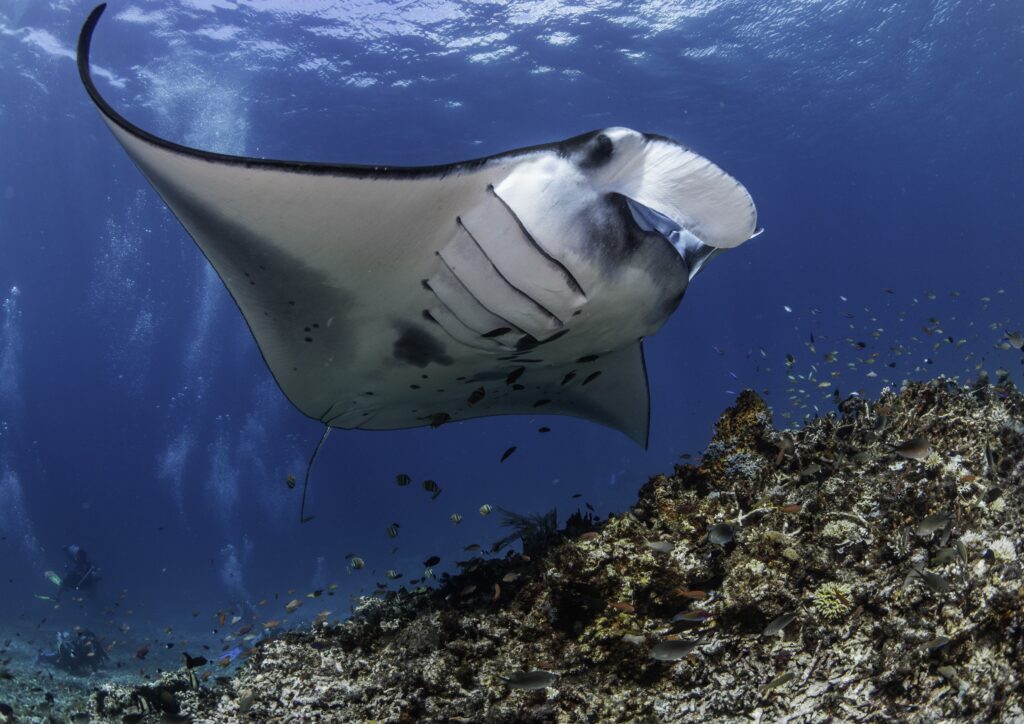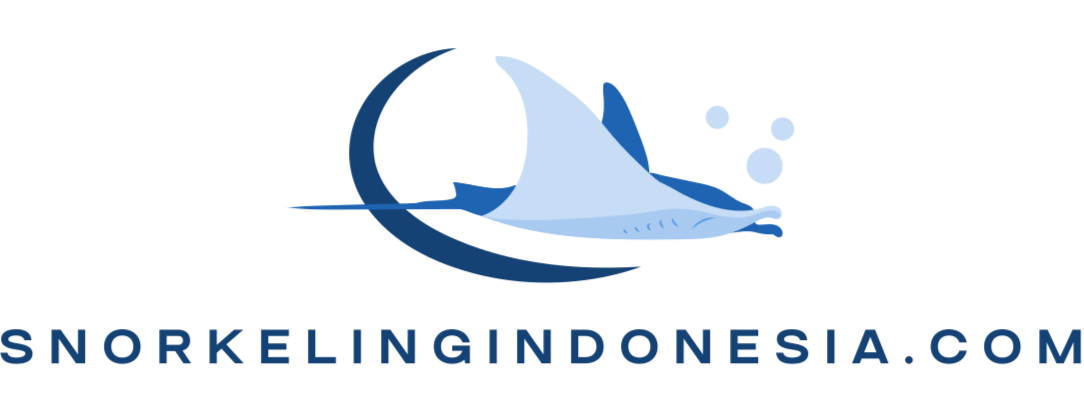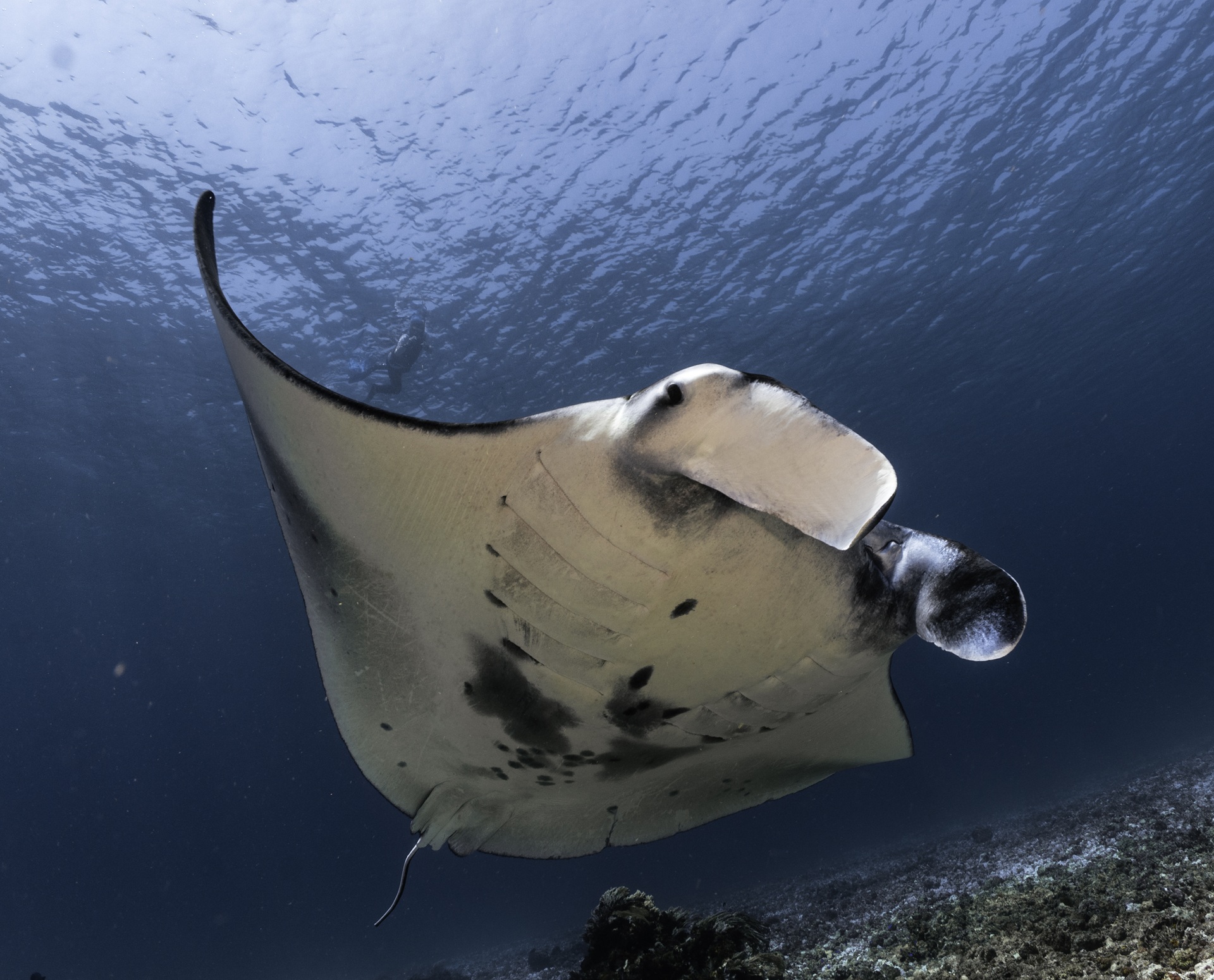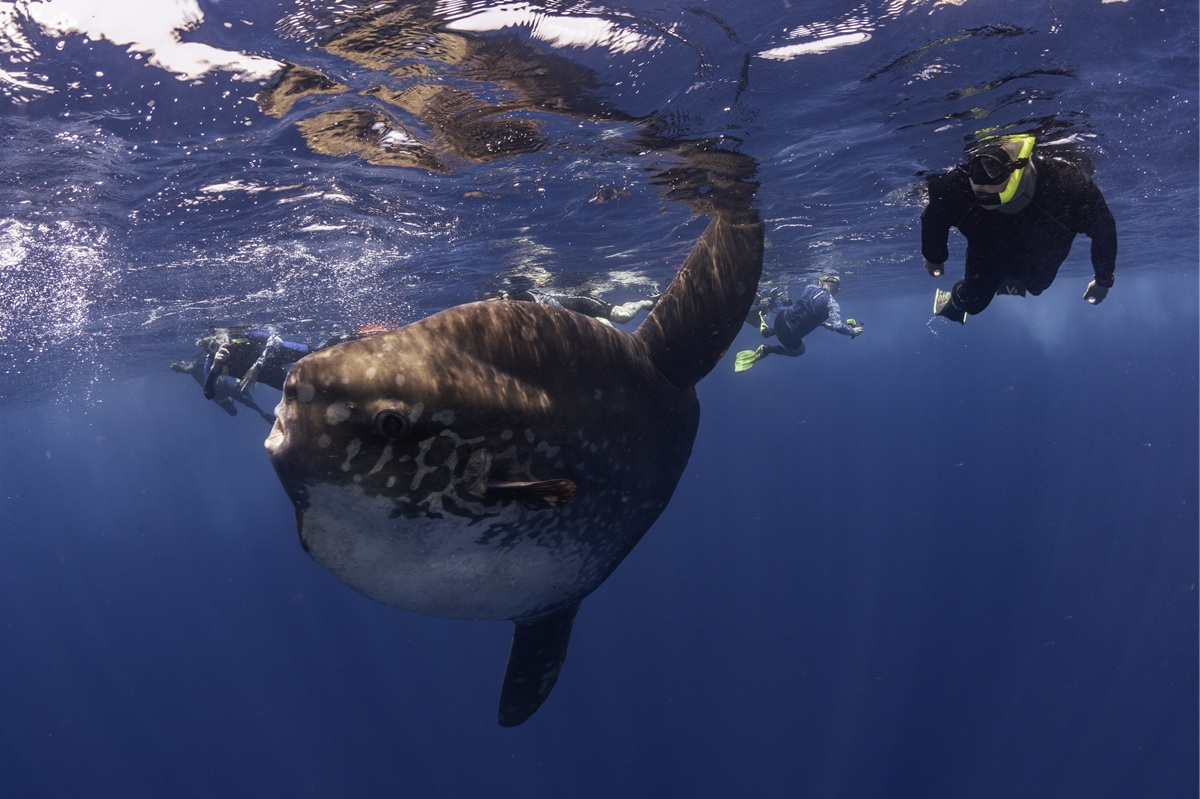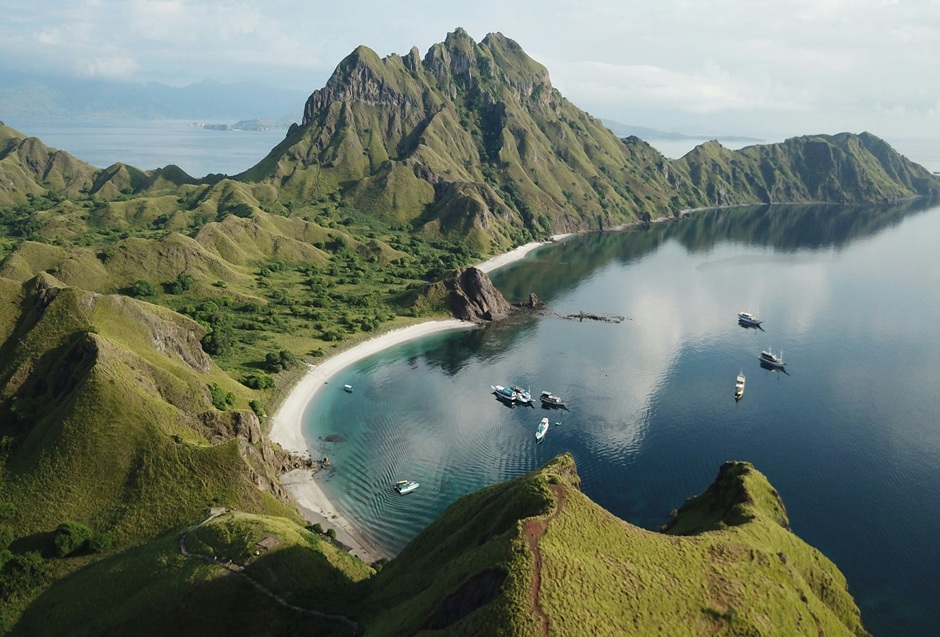Snorkeling with Manta Rays in Indonesia: Gentle Giants of the Reef
There’s something humbling about sharing the water with a manta ray. These gentle giants — gliding effortlessly through the ocean with their massive, wing-like fins — seem to belong to another world. Snorkeling with them is one of the most awe-inspiring experiences the ocean can offer, and in Indonesia, it’s more than just a lucky encounter — it’s a real possibility.
With multiple world-class manta sites across the archipelago, Indonesia offers some of the most consistent and memorable opportunities in the world to swim with manta rays. From the nutrient-rich channels of Komodo to the remote bays of Raja Ampat and the coastal cliffs of Nusa Penida, these graceful creatures are never far — if you know where to look.
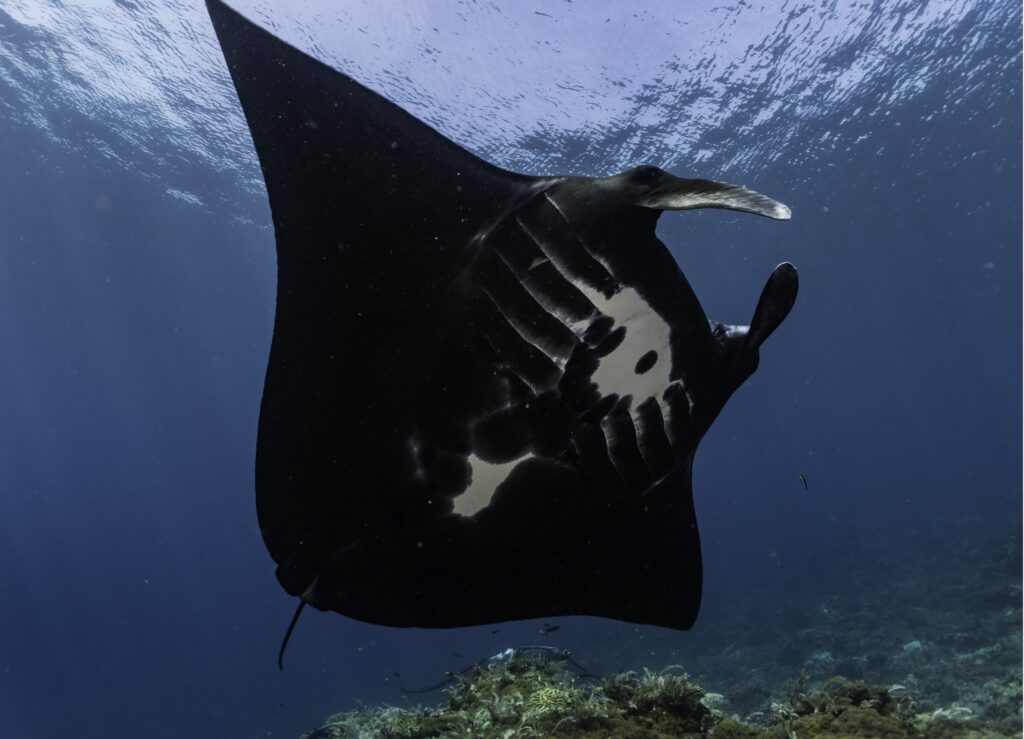
Meet the Manta Ray
Two species of manta rays are commonly found in Indonesian waters:
- Reef mantas (Mobula alfredi): More frequently seen by snorkelers, these rays grow up to 5 meters wide and often visit shallow cleaning stations and feeding grounds.
- Oceanic mantas (Mobula birostris): Larger and more elusive, with wingspans reaching up to 7 meters, usually spotted in deeper offshore waters.
Despite their enormous size, manta rays are gentle, harmless, and completely non-aggressive. They feed by filtering plankton through their gills, swimming with their mouths wide open. Highly intelligent and curious, mantas are known to interact with snorkelers when left undisturbed — a truly magical experience.
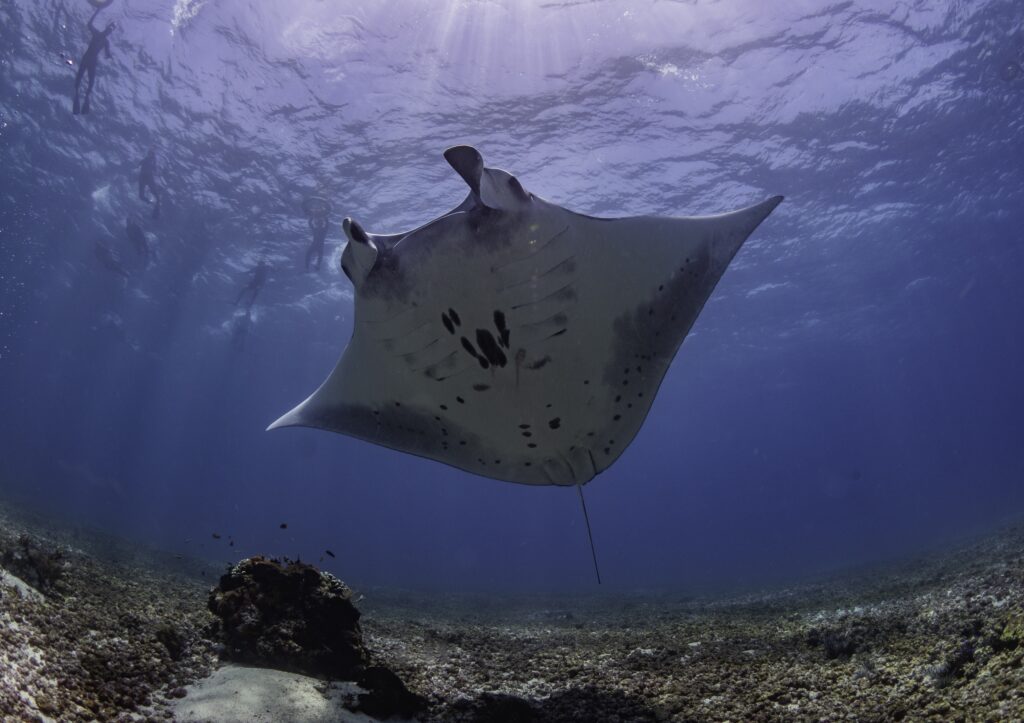
Where to Snorkel with Mantas in Indonesia
Komodo National Park: The Best of the Best
If there’s one place in Indonesia where manta encounters are almost guaranteed, it’s Komodo National Park. Thanks to strong currents and nutrient-rich water, mantas are drawn here year-round — especially between September and May.
Top manta snorkeling sites in Komodo:
- Manta Point (Makassar Reef): A wide, shallow channel between Komodo and Rinca, where mantas gather to feed. Snorkelers often see several at once, gliding just beneath the surface.
- Mawan: A sandy-bottomed bay with coral patches and calmer conditions. Perfect for long, relaxed encounters with mantas circling cleaning stations.
- Manta Alley (South Komodo): Remote and wild, this dramatic southern site is home to large aggregations of mantas. Best accessed by liveaboard.
These encounters often take place in just a few meters of water, making Komodo ideal for snorkelers of all levels.
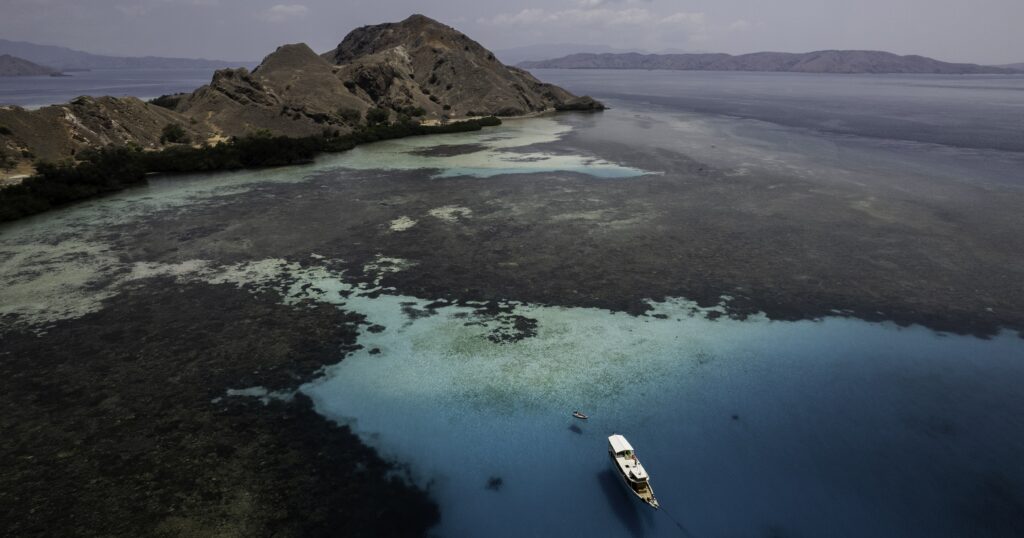
Raja Ampat: Remote and Rewarding
In the far east of Indonesia, Raja Ampat offers its own manta magic — especially between October and April.
- Manta Ridge (Dampier Strait): A submerged cleaning station where mantas gather with predictable regularity. Often a drift snorkel due to strong currents.
- Manta Sandy: A shallower alternative, great for snorkelers. Mantas glide over the sandy bottom, circling coral outcrops as cleaner fish do their work.
The scenery here is as memorable as the mantas — turquoise lagoons, jungle-covered islets, and complete remoteness.
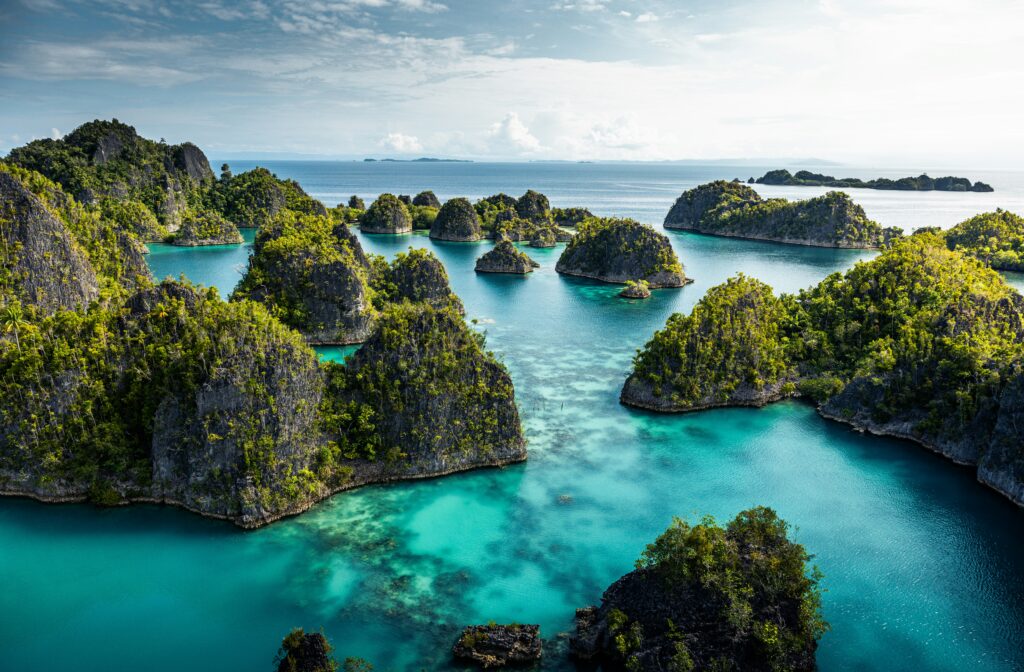
Bali (Nusa Penida): A Quick and Easy Option
Just a short boat ride from Bali, Nusa Penida offers seasonal manta encounters in dramatic cliff-lined bays.
- Manta Point: A shallow, plankton-rich area where mantas often feed close to the surface. Sightings are most common from April to October, however, the chances of encountering mantas while snorkeling in this site are quite good all year round.
While visibility isn’t always perfect and conditions can vary, it’s one of the most accessible places to see mantas without venturing far from Bali.
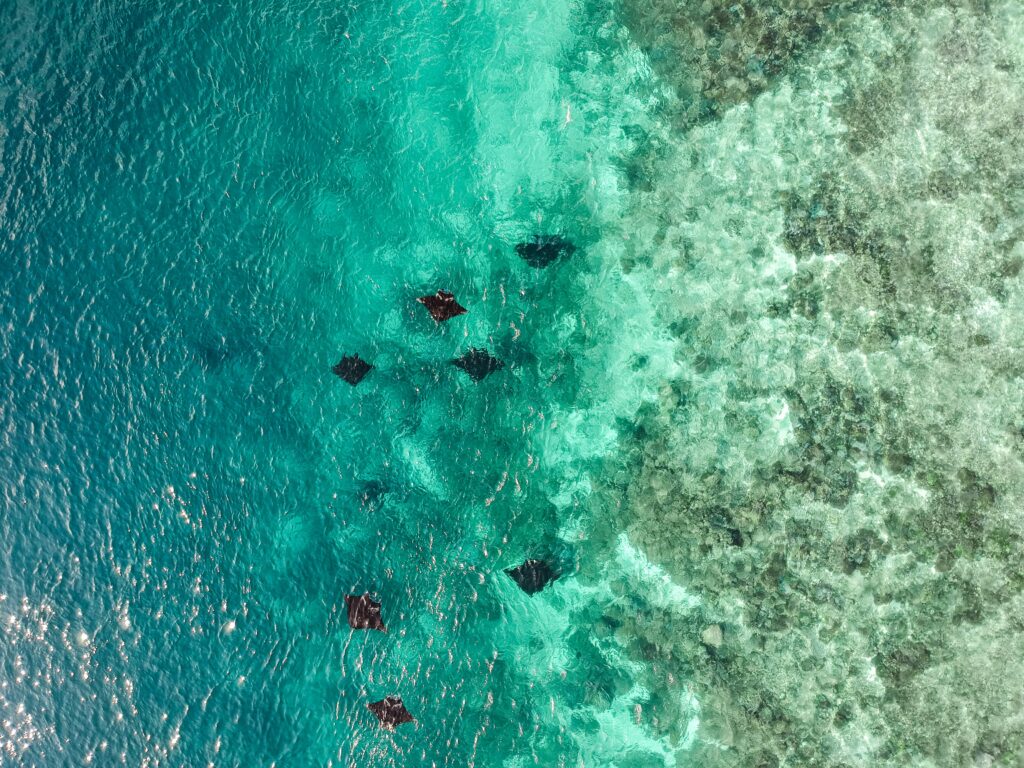
Snorkeling Etiquette: How to Respectfully Swim with Mantas
Manta rays are gentle and inquisitive, but they’re also sensitive to disturbance. To ensure a respectful and rewarding encounter, follow these basic guidelines:
- Enter the Water Calmly: Slip into the water slowly and quietly. Splashing or jumping in may scare the mantas away.
- Keep a Safe Distance: Maintain at least 3–4 meters of space. Never try to touch or chase a manta — their skin is delicate, and physical contact can harm them.
- Stay Low and Horizontal: Position yourself at or below the level of the manta. Avoid hovering above their backs or blocking their path, especially at cleaning stations.
- Let Them Come to You: Mantas often approach out of curiosity if you remain still and relaxed. Let the encounter unfold naturally.
- No Flash Photography: Use natural light or red filters to avoid startling them.
Tip: The best encounters happen when you blend into the environment — not when you try to control it.
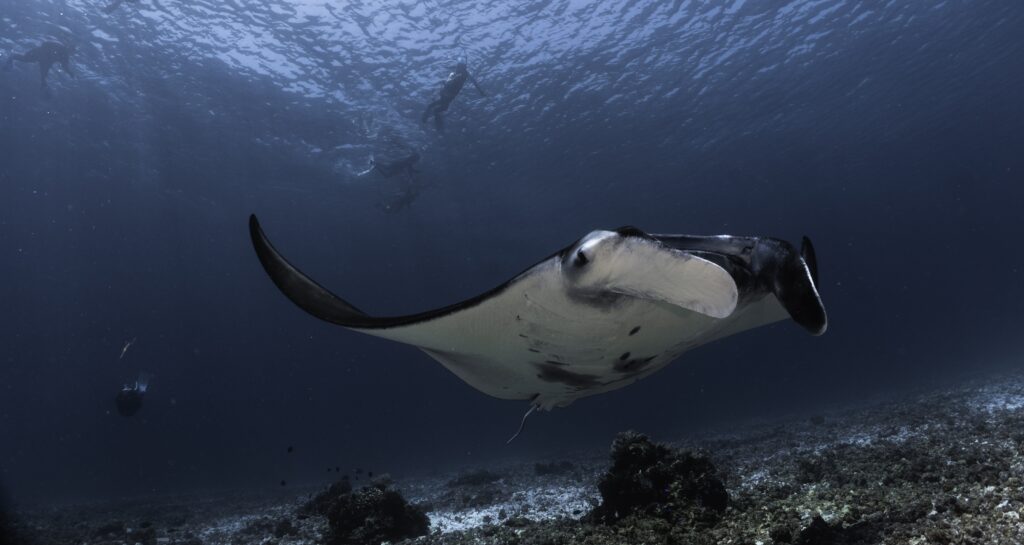
When to See Mantas in Indonesia
Why a Liveaboard is the Ideal Way to Snorkel with Mantas
Many of Indonesia’s best manta sites — especially Manta Alley and remote spots in Raja Ampat — are only accessible by boat. A liveaboard gives you the freedom to:
- Reach remote locations far from day-tripping crowds
- Time your snorkeling sessions with tides and light
- Wake up each morning near a new reef, ready to explore
Recommended Option: Komodo Dragon Liveaboards operates small-group cruises through Komodoand Alor, with itineraries designed specifically for snorkelers. Their traditional wooden vessels combine comfort, personalized service, and expert knowledge of manta behavior.
Final Thoughts
Few ocean experiences compare to snorkeling with a manta ray. Their size, elegance, and calm presence create a sense of wonder that stays with you long after you leave the water.
In Indonesia, this dream is more than possible — it’s within reach. From the iconic sites of Komodo to the remote waters of Raja Ampat and the coastlines of Nusa Penida, the chance to meet a manta is never far away.
Float quietly. Look down. And when the shadow appears beneath you, know that you’re witnessing one of the ocean’s most graceful miracles.
